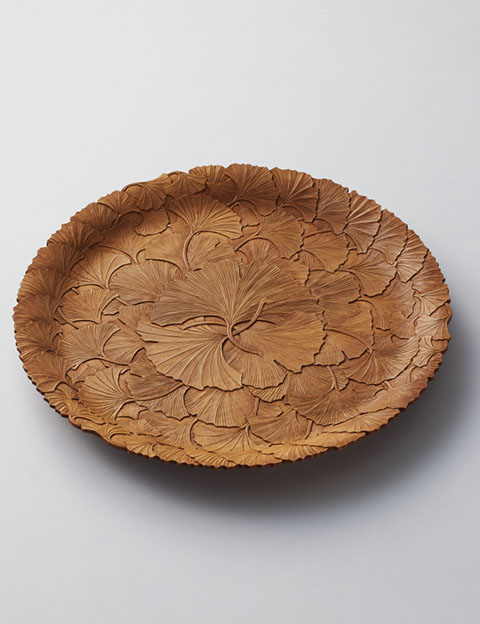MIYAJIMA Zaiku (Woodwork)

At the beginning of the Kamakura era (1185-1333), carpenters and cabinet makers from Kyoto and Kamakura were invited to build temples and shrines in Miyajima. The techniques these craftsmen brought with them became the Miyajima woodworking craft as it is today.
The development of this craft was facilitated by the abundant supply of timber found in the nearby area known as Hatsukaichi.
Today, a wide variety of household items are produced, including rice paddles (shamoji), turned wood and various other types of carved goods. A number of finishes are used to bring out the qualities of the underlying material, including the natural coloring and woodgrain.
Feature
Miyajima woodwork comprises a wide range of everyday products, including rice paddles, turned wood goods, hollowed-out objects (kurimono) and sculptures. Most products consist of a wooden base to which various finishings are applied that highlight the natural beauty of the wood, including its grain, color and texture.
How to make
The production stages include gathering wood, preparing the base, finishing and decorating. Decorations include carvings, lacquer-wiping (urushifuki), applying natural lacquer and rust-staining (sabi-irosome).

